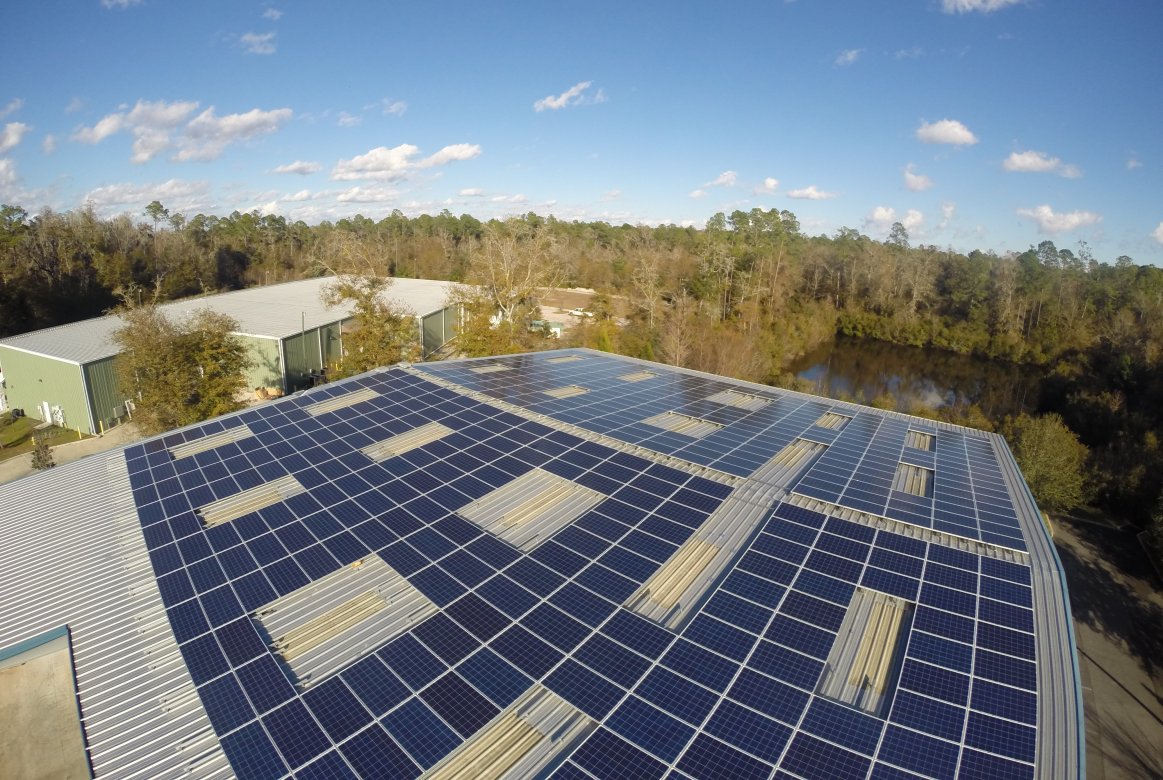
The solarcoaster continued its frenzied ride into 2014, powered by international commercial intrigue and a concerted anti-NEM effort from Big Carbon.
Despite the macro-level noise, it could be argued that recent efforts in the Minnesota statehouse present the most substantial news toward the empowerment of the domestic solar industry. Passed in 2013, Minnesota's new Value of Solar Tariff (VOST) law represents the nation's first statewide effort to ascribe a fair monetary value to energy generated by distributed photovoltaics, inclusive of all solar's induced costs and conferred benefits.
Pursuant to the VOST, the Minnesota Department of Commerce—with the support of the Public Utilities Commission (PUC)—has developed a new methodology to calculate the price utility companies must pay for solar energy. This differs from net metering because solar producers will have two meters—one for production and one for consumption—and solar producers will receive a VOS credit for their production and pay market rate for their consumption.
The new method incorporates 8 factors to calculate the cost of solar energy. The four biggest factors influencing the VOS include: 25 years of avoided natural gas; new power plant purchases; transmission capacity; and environmental costs. Although a price has not been set yet, Xcel Energy (Minnesota’s largest utility company) estimates the VOS at $.14.5/kwh. This is approximately the levelized cost of energy in Minnesota after the 30% Federal Investment Tax Credit and Xcel’s current retail rate is $.115/kwh. Each year utility companies will set a new VOS to reflect current data, especially reflecting changes to fuel prices and modified load profiles. Customers that have already entered the program will not see their previous years’ rate adjusted, but their current rate will reflect the updated VOS.
The VOST is not an incentive. It accounts for the externalities and long-term benefits of solar energy (or alternatively, the long-term costs of fossil fuels) and creates a long-term agreement between the utility companies and solar producers. Each solar array will function like a power plant and the utility companies will enter into a 25-year purchase agreement with the producer. This law will require transparency, honest engagement, and oversight between electrical companies and solar producers. It will create a more stable rate for residents, businesses, and utilities over a set period of time. Both utility companies and solar producers will receive fair compensation because the VOS will be recalculated every year and will reflect current data.
At surface level it appears utility companies will avoid the VOS because the law uses the language voluntary, not mandatory. If they do not use the VOS, utility companies will continue with net metering, which they claim unfairly subsidizes solar producers—burdens non-solar producers with higher electrical costs—and allows solar producers to free-ride their infrastructure. According to Minnesota Commerce Commissioner Mike Rothman, the VOST offers a more balanced approach by offering solar producers a more generous credit, while helping utilities maintain electrical infrastructure. John Farrell, one of VOST’s authors, believes that over the life of 25-year solar projects utility companies will pay less than they do under the current net metering policy. Over time, greater amounts of solar energy on the grid will drive down solar’s price and lower the VOS while retail rates are expected to increase.
Anne Smart of the Alliance for Solar outlines several sincere concerns about VOST for solar producers. First, under VOST, utility companies maintain a monopoly on energy because solar producers have to sell 100% of their production and consume 100% of what the utility sells them. Producers have no control over their power, and will be consuming fossil fuels even though they are producing clean energy. Second, VOST will burden solar producers with more taxes because the revenue generated from selling solar energy to the utility company is taxable. This tax will lower solar’s return on investment and increase the payback period for solar projects. Finally, the utility companies will set the rate. Eventually, utility companies will set the VOS below the retail rate which will discourage solar installation and production. Smart projects a boom-bust cycle. The initial VOS is set above the retail rate, which will increase installations, but once the VOS is recalculated below the VOS solar installations will decline dramatically. Essentially, Smart believes that VOST will replace net metering to the ultimate detriment of Minnesotans and the state's nascent solar market.
Of course, it is too early to predict the impacts of VOST. Nonetheless, VOST demonstrates solar energy’s momentum. Solar energy is clearly more than an environmental strategy and is an efficient means to provide affordable, reliable electricity for all Americans in the long-term.
Sources Consulted
-
http://cleantechnica.com/2014/03/29/value-solar-tariff-vost-formula-benefits-solar/
-
http://cleantechnica.com/2014/03/17/minnesotas-value-solar-make-everyon…
-
http://finance-commerce.com/2014/03/sustainable-minnesota-to-set-up-val…
-
http://cleantechnica.com/2014/04/05/value-solar-approaches-merit-support/#ZlWUFGjGYh6Vtkqb.99
-
http://www.huffingtonpost.com/anne-smart/value-of-solar-power-tariffs-_b_5051448.html



Comments
Great article that goes more in-depth of VSOT: http://cleantechnica.com/2014/08/06/vosts-needed-end-subsidies-non-sola…